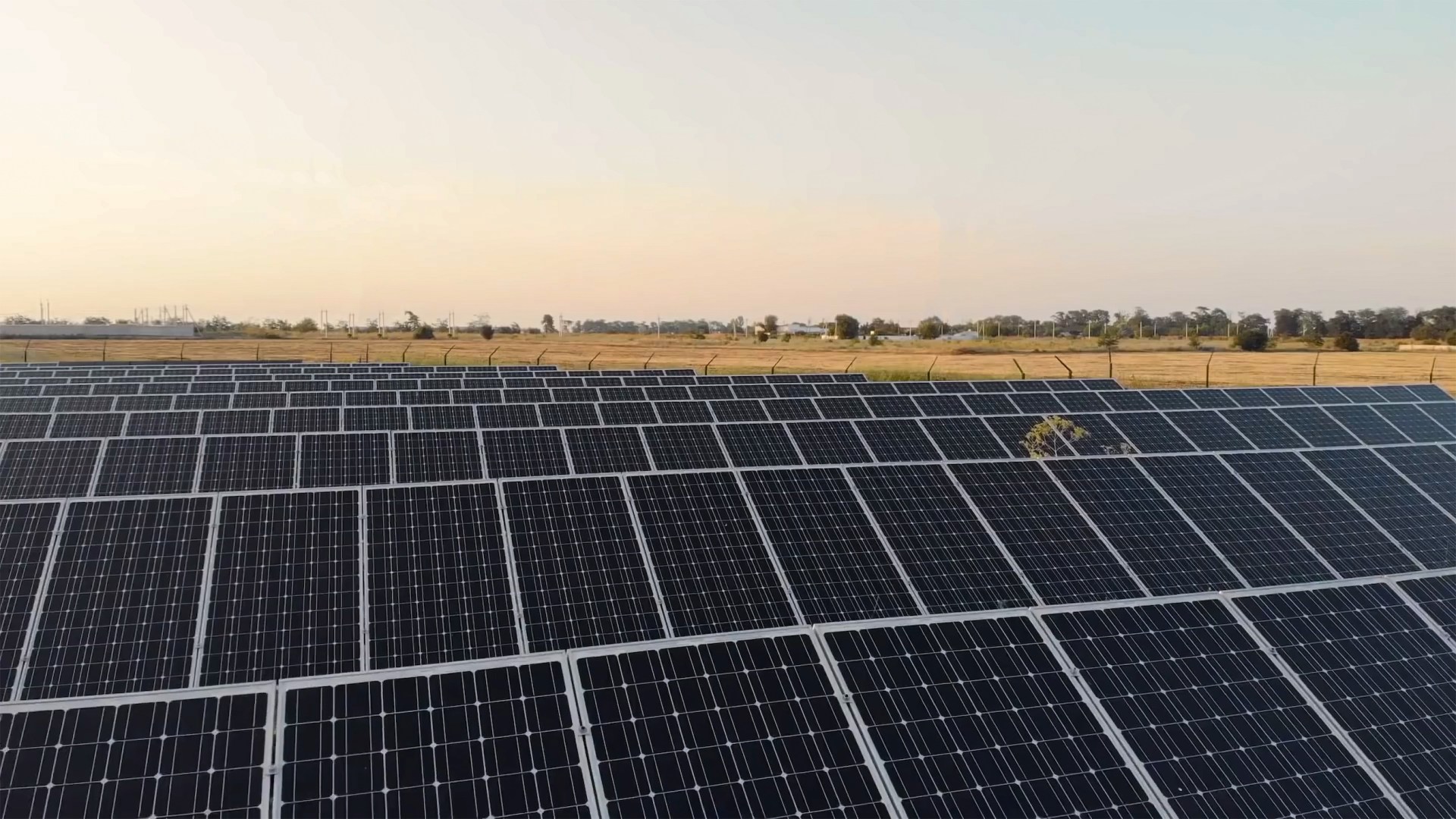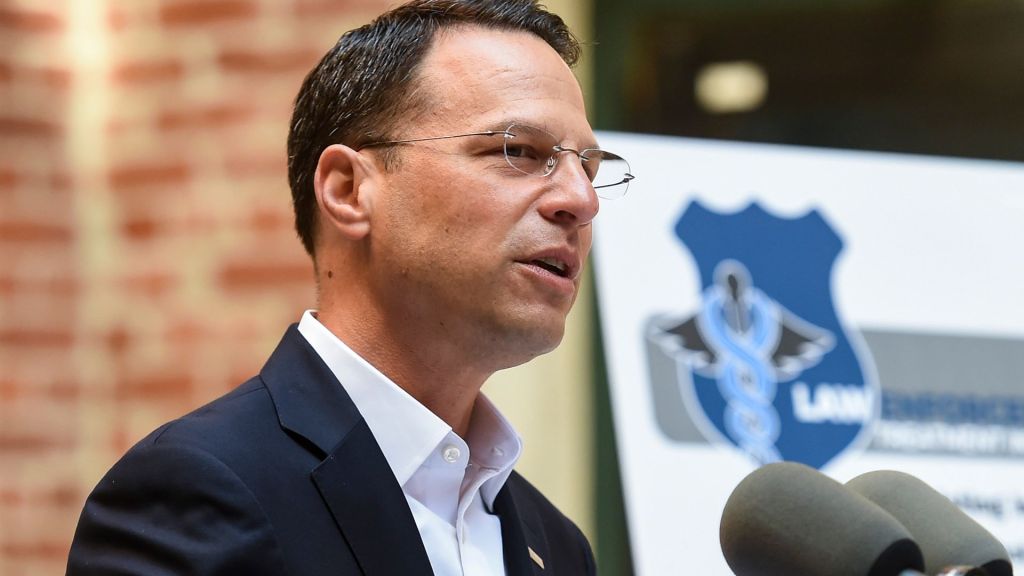
Commentary
-
Our commentary partners will help you reach your own conclusions on complex topics.
Hey everybody, Peter Zeihan here coming to you from the hike and bike trail in downtown Austin. Today, I wanted to talk a little bit about energy economics, specifically green energy economics. Now the idea that once you’ve paid for the sunk cost of the solar or the wind system, that you’re in the clear, you know, to a degree that’s true. But you first have to get the thing built. There’s two complications here that we’re facing. The first is capital. So when you’re going to build like a normal thermal power plant, about three quarters … 60% to three quarters of the cost of that plant is actually in the fuel, that you are going to burn over the lifespan of the project. You don’t have to finance that upfront, you pay for that as you go. And you typically use the income that you get from selling your electricity to your customers to pay for that. So the only part that you have to finance is that initial construction, which is typically a quarter to a third of the total.
With green tech, that’s not how it goes. With green tag, roughly 80% of the cost of the project over its lifespan is in construction. And even if you can get into a situation where you’re in a sufficiently sunny or windy place that the per-cost for the kilowatt hour or the power you generate is over the lifespan of the project, the same as it is for fossil fuel system, you still have to finance that all up front. And with the Baby Boomers moving into mass retirement and liquidating all of their holdings, because they can’t take the shock of a currency crash or market crash anymore, the cost of capital in the United States is going up and it will remain high until such time as the Millennials are the capital-rich group in our population. That won’t happen until most of them are in their 50s. and that won’t happen for another 10 to 12 years. So we’ve got this period of much higher capital costs, which means much higher development costs for electricity projects in the green space. There’s really no way around that.
The second problem has to do with the inelasticity of energy costs. So let’s say you need a gallon of gasoline in order to drive to work. If you can only get nine-tenths of a gallon, it’s not like you park your car and walk the rest of the way and just leave your car for all time. No, no, you will pay whatever you have to pay to get that last tenth and that price then applies to the entire market. And if you have a shift in demand of only like 10 to 15%, you can easily see a change in price of 50 to 100 percent. And we know this is true for electricity, for coal, for natural gas, for oil, and even for nuclear fuel.
Now, if we decide we are really going to go with the green transition en mass, then all of a sudden a lot of the components that go into electricity generation are going to become power fuels. That’s chromium, that’s copper, that’s aluminum, that’s fiberglass, that’s graphite, that’s lithium. We have not priced in that system. The bottom line of all this is not, ‘don’t go green.’ The bottom line of this is you only put these technologies in places where the geography matches the capacity for these things to work. So you put up solar where it’s sunny, you put up wind power where it’s windy, and if you’re going to put it somewhere else, you not only do you have to think of the cost in the long term in an entirely different light, you’ve got to change the metrics, because it’s going to cost more to build, it’s going to cost more to finance.
And that means we ultimately need better technologies than what we have now, especially in transmission, so that we can bring the electricity from where it’s produced in a reasonable manner to where most people actually live. And that requires, among other things, multiple acts of Congress both to appropriate the money for that research, and to make it easier for power to pass through different states’ jurisdictions and especially between the three power grids that the United States shares. Alright, that’s it for me. Talk to you guys later.
-
Is the US looking for a war?
With conflicts, skirmishes and tensions simmering around the globe, and with the United States playing supporting roles in several of them, the question of whether the country getting involved directly is legitimate. The war in Ukraine, for example, has forced several European countries to reintroduce mandatory military service to confront the growing threat from Moscow.…
-
How future generations could shift US support for Israel
Israeli Prime Minister Benjamin Netanyahu addressed a joint meeting of Congress on July 24, calling for increased bipartisan support for Israel amid its 10-month war with Hamas. He praised President Biden’s “half century of friendship to Israel” and referred to Hamas as “sheer evil.” In the video above, Straight Arrow News contributor Peter Zeihan analyzes…
-
Why election of European Commission president is so important
Ursula von der Leyen has been reelected to another five-year term as president of the European Commission after a vote by EU lawmakers. Von der Leyen will now preside over a coalition that shifted to the right after recent European elections, where ultra-conservative parties won a record number of seats. In July, von der Leyen…
-
Protests in Bangladesh signal more trouble ahead
Public protests in Bangladesh against government hiring practices — and against the government’s military response to those protests — have left at least 174 dead and 2,500 jailed. Bangladesh’s people face an acute jobs and unemployment crisis, so public disagreements over hiring practices carry significant weight. The regime recently enforced a nationwide internet blackout as…
-
In US election, early polling doesn’t tell us anything yet
From President Joe Biden’s declining health to the attempted assassination of Donald Trump, there’s been a series of major political developments in the United States that might impact the results of the November election. These developments have led to renewed confusion, concern and debate regarding which candidate might win, and in the Democrats’ case, which…
Latest Stories
-
 U.S. Department of Defense
U.S. Department of Defense
Congress still trying to figure out how to reduce wasteful military spending
-
 DVIDS
DVIDS
US Navy, Air Force making waves with new weapons at RIMPAC
-
 Getty Images
Getty Images
Israeli PM Netanyahu meets with Trump at Mar-a-Lago
-
 Getty Images
Getty Images
Growing US nuclear power resurgence reaches the nation’s heartland
-
 Getty Images
Getty Images
Beer from the sun, other solar thermal projects get government funding
Popular Opinions
-
In addition to the facts, we believe it’s vital to hear perspectives from all sides of the political spectrum.
Latest Opinions
In addition to the facts, we believe it’s vital to hear perspectives from all sides of the political spectrum. We hope these different voices will help you reach your own conclusions.
The opinions published in this section are solely those of the contributors and do not reflect the views of Straight Arrow News.

















Latest Commentary
We know it is important to hear from a diverse range of observers on the complex topics we face and believe our commentary partners will help you reach your own conclusions.
The commentaries published in this section are solely those of the contributors and do not reflect the views of Straight Arrow News.
Peter Zeihan
Geopolitical StrategistHow future generations could shift US support for Israel
Why election of European Commission president is so important
Protests in Bangladesh signal more trouble ahead
Dr. Frank Luntz
Pollster and Political Analyst‘I don’t know’: Swing voters debate who best to replace Biden
‘Mad as hell’: Americans vent anger, frustration over politics
‘On death’s door’: Undecided voters react to first debate